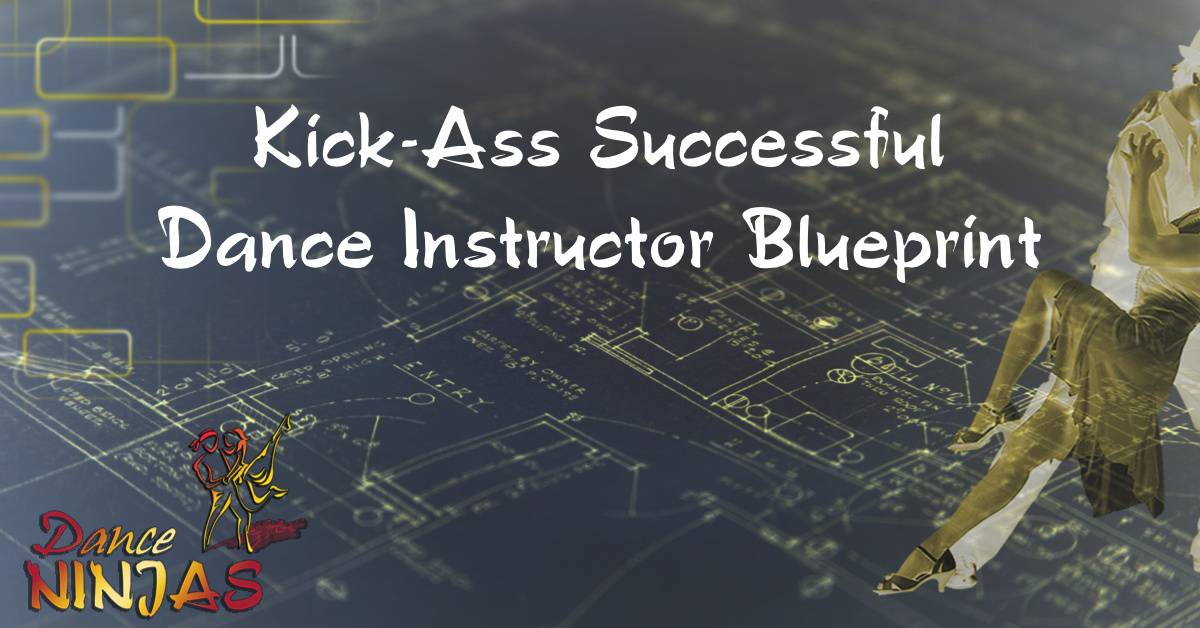Have you ever been in a situation where someone is trying to speak but they can’t seem to get the room’s attention?
You can often see the frustration start to set in amongst either the speaker or the few people who ARE paying attention. Besides wasting time (yours and those who are also waiting), this can also drop your status in the eyes of those who see it happening. Plus, it can devalue the attention you are getting, making it less likely for those paying attention to do so in the future.
So how do we lead the room to give us their attention?
The simple answer is to teach them how to respond. There are many ways to do this and I want you to develop your own but this can take time. In the meantime, try one of these two methods.
1. Shave & a Hair Cut
This is when you clap (or stomp, or sing) the rhythm known as “Shave & a Haircut” and your crowd responds with the last 2 notes “clap clap” (or “stomp stomp”, etc). Here is an audio clip so you can hear this rhythm.
I use this all the time for dance classes. It gets their attention very quickly and I can also use it to teach rhythm and musicality. Awesome!
I also use this to immediately silence crowds of over 3,000 people. It is extremely powerful, especially when combined with stopping the music (next example).
2. Stop & Raise
Stop the music and raise your hand. When people see your hand raised, they too then raise their hand and immediately stop their conversation. When anyone sees anyones hand raised, they do the same.
This is taught by many high level public speakers. It works great for general public speaking, but if you want it to work in a dance environment, it needs some adjustments.
The “Stop” – Adjusted
Stopping the music is used to catch a large percentage of the crowds attention quickly. If you want this to work really well, you need to stop the music abruptly in the middle of the song so it grabs attention.
If you are in a class setting, this is no big deal as the students are used to the song cutting out. In this case, if you really want to get their attention quickly, definitely cut the music instead of fading it.
If you are in a dance setting, cutting the music will likely annoy your dancers who are dancing to the song. In this case, let the song finish, then turn on the lights and shout “announcement time” or something that makes it clear you are about to speak. Then play another cheesy song (or something they would NOT normally dance to) as people are getting settled and you are making your way to the announcement area.
- This can be as little as 5 seconds of music that is just prepping everyone for the announcement.
- Be playful with it. Use theme songs that everyone will recognize.
- Change it up every couple of announcements so people start to wonder what you are going to choose next.
- The thing that I really like about this is that you are now making the announcements entertaining and something worth listening to.So many people treat announcements like they are not important and if you are going to treat them that way, my suggestion is don’t do them. If something isn’t important enough to treat as such, then why are you announcing it in the first place?
- It literally only takes a few seconds to find a new theme song.
- I googled “most famous theme songs” and found over 100 options within a few seconds. If you don’t have internet at the dance, you can save them to a youtube channel or spotify playlist and access them from your smartphone. Here are 12 to use for your first year.
- Eventually, you won’t even need to shout “announcement time” as the majority of the crowd will understand from the song choice and the rest will follow the crowd.
The “Raise” – Adjusted
Raising the hand is used to catch the small percent of the crowd that still didn’t catch on when you stopped the music. In a dance class setting, raising your hand is already something people do on a regular basis so we need to adjust it to be more attention grabbing. Instead, you could have everyone take 2 giant steps forward, or have everyone sit down (especially if you are about to give a longer talk). What else could you substitute? Add your ideas in the comments below.
The Keys To Leading Your Room
Teach Them
Remember I said, “The simple answer is to teach them how to respond.” If you just do “Shave & a Haircut” and expect them to respond, you will probably be sorely disappointed. Instead, explain the concept, plus why it is important, and then practice it a few times with them.
Now some of you might have seen me teach and be thinking, “Wait a second, I have seen you do this with crowds of 600 people without needing to teach them”, but that is not quite accurate. You probably just didn’t see me teaching them. Before I interacted with that large crowd, I might have already taught a smaller group of them this technique in a smaller class setting. Remember, I am constantly teaching all over the world, so at many big events, I already have hundreds of students who know these concepts. That said, if I am not sure about it, I can just test it.
If there are enough people who know the technique, then I can do it and the rest of the crowd will catch on by the second or third time. If I am not sure, I might just say to the crowd, “Alright, let’s see how quickly you guys get this.” and then try it. If it takes more than two times to get the entire crowd to follow along, then I teach it to them.
Adjust to the Mood
Shave & a Haircut can be a very energetic technique. It is great for when you want to energize the crowd (ie: at the end of class, or right before announcing a performance, etc).
That said, you might not want to increase the energy of the room so quickly (ie: at the end of a really soft song, late night when everyone is tired and ready to sleep, right before you are about to do a moment of silence, etc). In these cases, it is usually better to adjust your attention getting technique to fit the mood that you want to encourage.
An easy way to do this is to do a softer, quieter version of Shave & a Haircut.
Most likely, several people will not match your energy and so you will probably have to teach your crowd this too, even if you already taught them the regular version.
I usually do this by first doing it softly and if they don’t match my energy, I do it again but I match their energy. Then I do it a third time back at the lower energy, and almost everyone will now catch on, and then I explain it.
This is a great addition for reminding them to match energy in a musicality class.
What are some other ways to quickly get the crowd’s attention while keeping a soft atmosphere Share your ideas in the comments below.



What are some other ways to quickly get the crowd’s attention while keeping a soft atmosphere?
What can we replace “raising the hand” with to catch the attention of the remaining participants that don’t notice the first call for attention?